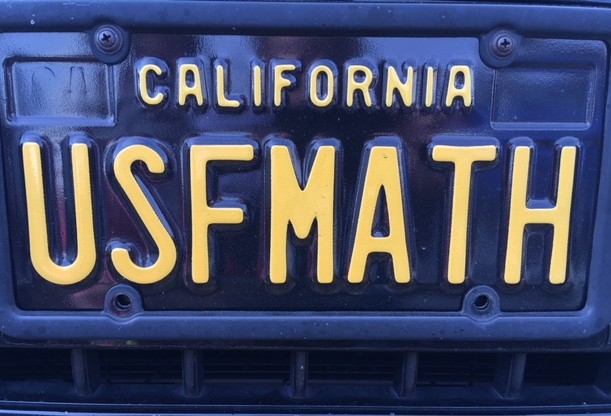Document Type
Conference Proceeding
Publication Date
2012
Abstract
This paper provides both theoretical and algorithmic results for the l 1-relaxation of the Cheeger cut problem. The l2- relaxation, known as spectral clustering, only loosely relates to the Cheeger cut; however, it is convex and leads to a simple optimization problem. The l1-relaxation, in contrast, is non-convex but is provably equivalent to the original problem. The l1-relaxation therefore trades convexity for exactness, yielding improved clustering results at the cost of a more challenging optimization. The first challenge is understanding convergence of algorithms. This paper provides the first complete proof of convergence for algorithms that minimize the l1-relaxation. The second challenge entails comprehending the l1-energy landscape, i.e. the set of possible points to which an algorithm might converge. We show that l 1-algorithms can get trapped in local minima that are not globally optimal and we provide a classification theorem to interpret these local minima. This classification gives meaning to these suboptimal solutions and helps to explain, in terms of graph structure, when the l1-relaxation provides the solution of the original Cheeger cut problem.
Recommended Citation
Bresson, X., Laurent, T., Uminsky, D., & von Brecht, J.H. (2012). Convergence and energy landscape for cheeger cut clustering. Advances in Neural Information Processing Systems 25 (NIPS 2012), 1394-1402.




Comments
Presented at: 26th Annual Conference on Neural Information Processing Systems 2012, NIPS 2012; Lake Tahoe, NV; United States; 3 December 2012 through 6 December 2012
Published by MIT Press